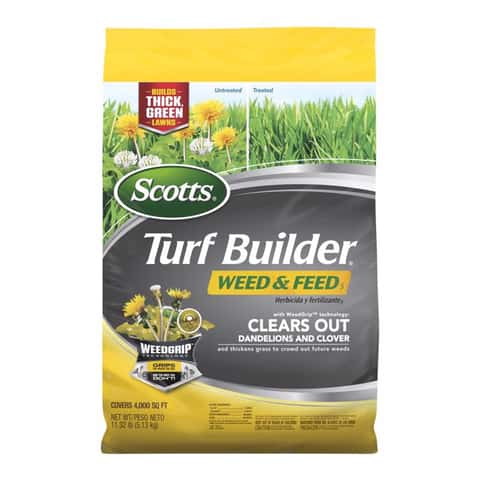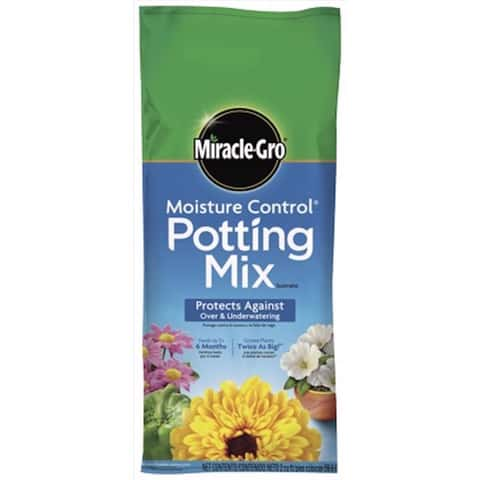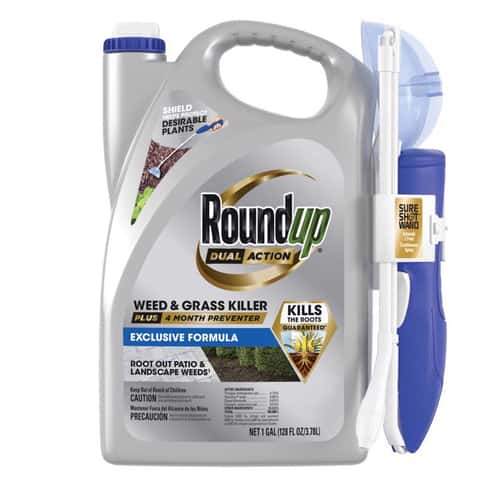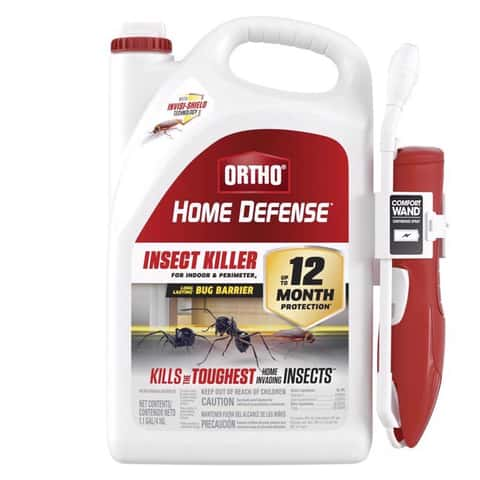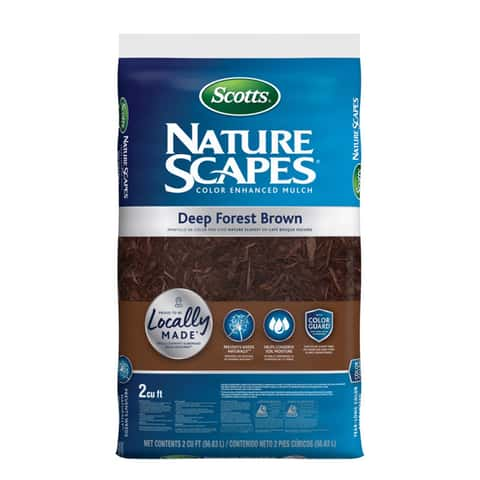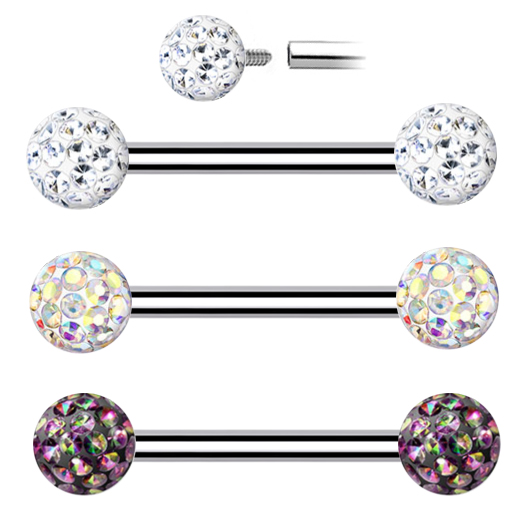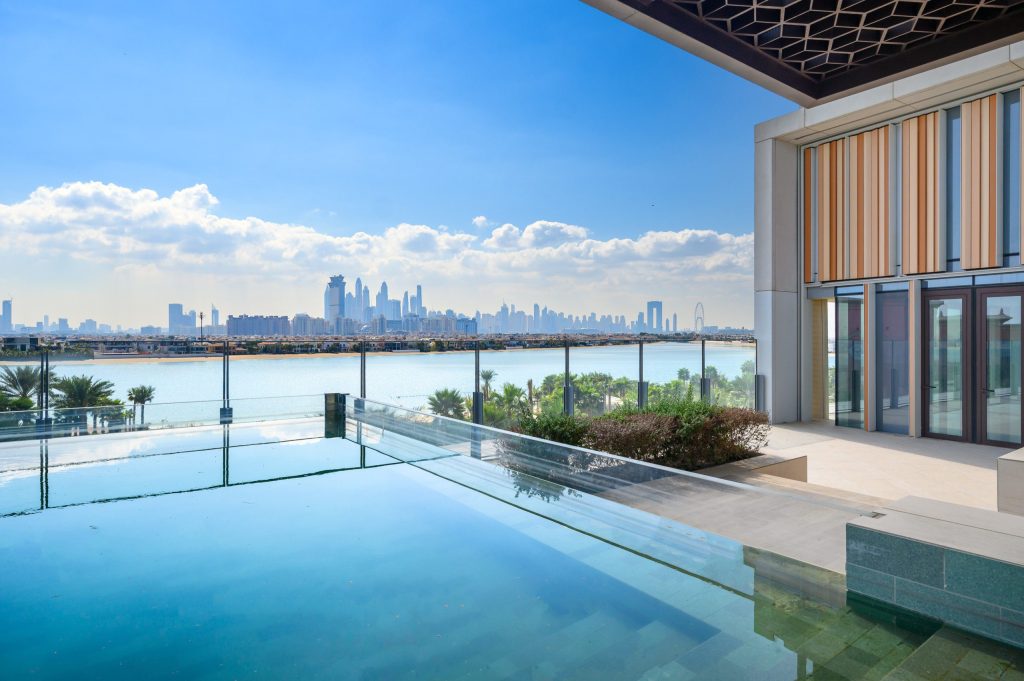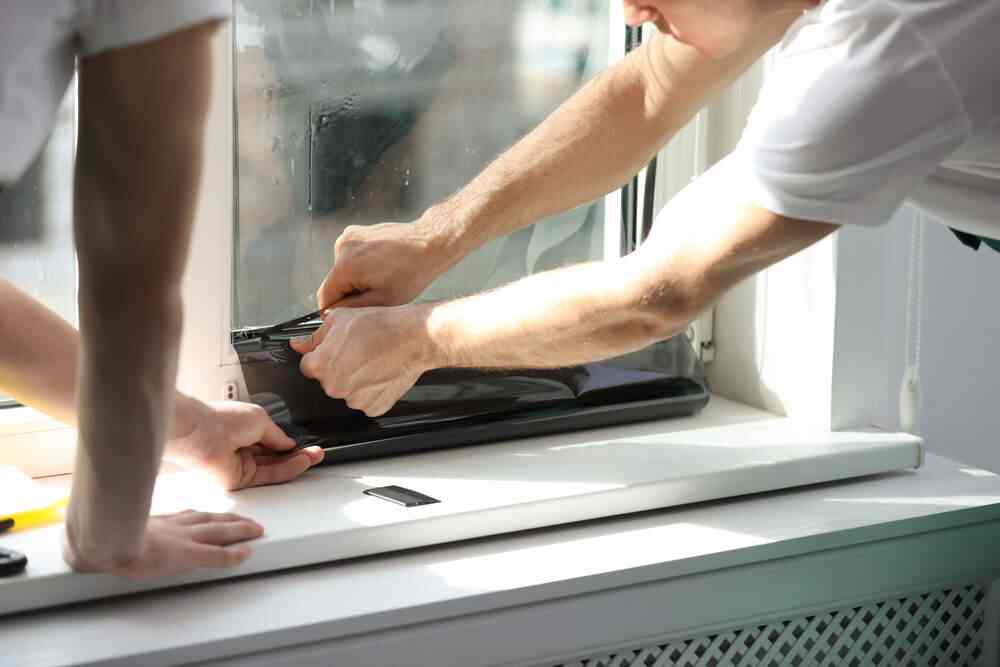Portable bathroom trailers have become a popular choice for many events and gatherings, offering a blend of convenience and elegance that standard portable toilets often fail to deliver. These trailers are designed to provide a comfortable and hygienic experience, making them suitable for weddings, corporate events, festivals, or any occasion where large numbers of people may require restroom facilities. With their sleek designs and upgraded features, portable bathroom trailers create an atmosphere of sophistication while maintaining practicality. Unlike traditional porta-potties, which can often feel cramped and unpleasant, bathroom trailers are spacious and come equipped with climate control, ensuring a comfortable experience regardless of the weather. With features such as flushable toilets, running water, and even hot water for handwashing, these trailers offer a far superior alternative to standard options, elevating the overall guest experience at any event.
The elegant design of portable bathroom trailers makes them suitable for upscale occasions such as weddings, private parties, or corporate events. The interiors of these trailers are often styled with luxury in mind, offering clean, modern finishes that mirror the look and feel of a high-end restroom. Some trailers are equipped with features such as stylish mirrors, ambient lighting, and even vanity areas, creating a more pleasant and aesthetically pleasing environment for guests to enjoy. Additionally, portable bathroom trailers provide privacy and convenience in a way that larger, communal facilities cannot. With separate stalls and individual spaces, guests can enjoy the privacy they would expect from a traditional restroom, while the entire setup remains mobile and adaptable to different event locations. This is especially beneficial for outdoor events where access to permanent restroom facilities may be limited, making it easier to cater to the needs of attendees without compromising comfort.
For organizers, the logistical advantages of portable bathroom trailer San Francisco are undeniable. These units are typically easy to transport and set up, making them a practical solution for events held in remote locations or places without access to established infrastructure. Many trailers are designed to be self-sufficient, with their own water supply and waste disposal systems, meaning they do not require external plumbing or utilities, further enhancing their convenience for event planners. Moreover, these trailers can be rented in various sizes, ensuring that they can accommodate a range of guest lists. Whether hosting a small gathering or a large event with hundreds of attendees, there are portable bathroom trailer options available to suit the scale of the event. The ability to choose from different configurations also allows for customization, ensuring that the facilities meet the specific needs of the occasion while offering a high level of comfort and elegance.


